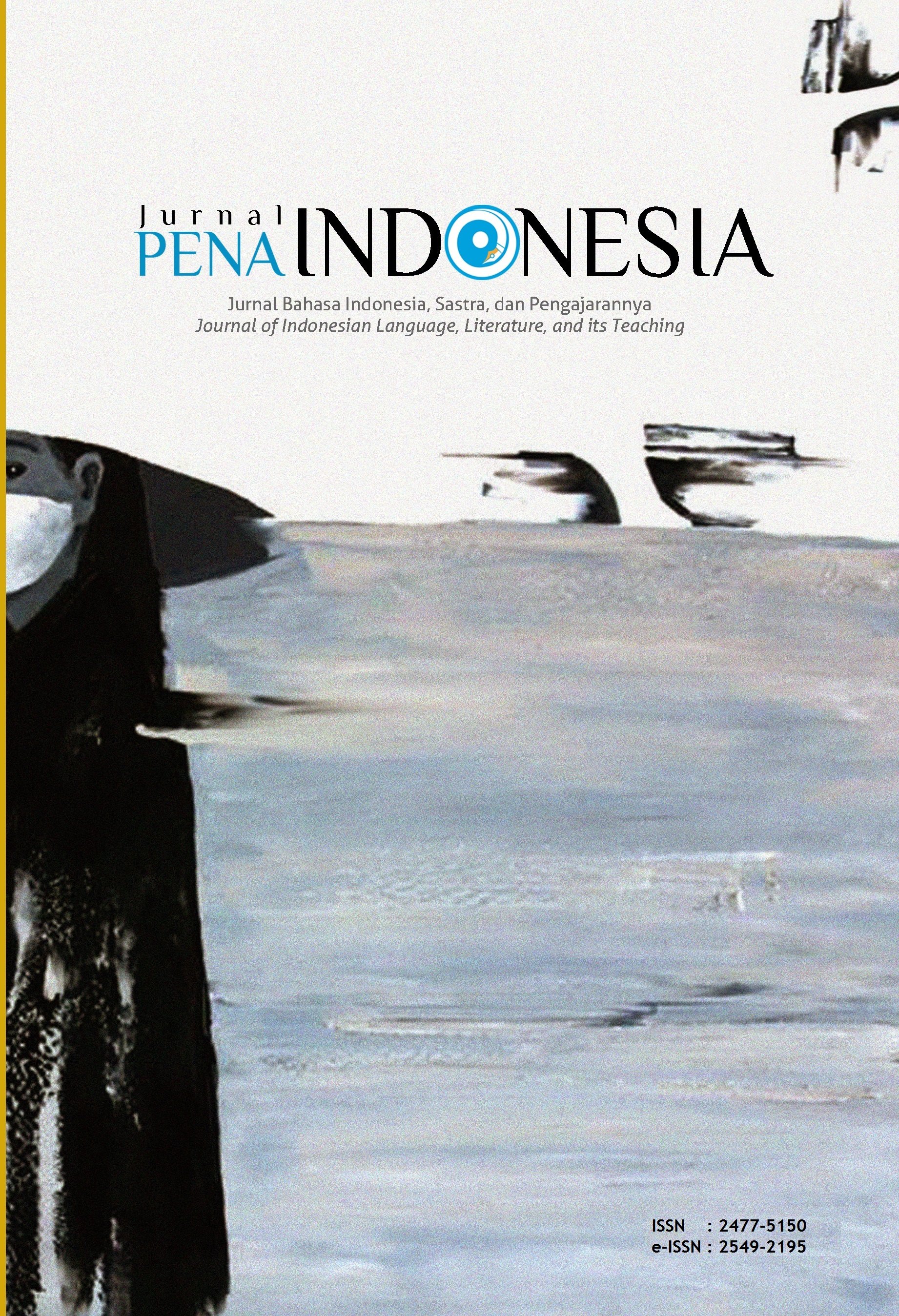PERSEPSI MAHASISWA TERHADAP STRATEGI PILIHAN BAHASA DOSEN DI KELAS
Main Article Content
Article Details
How to Cite
Savitri, E. D. (2019). PERSEPSI MAHASISWA TERHADAP STRATEGI PILIHAN BAHASA DOSEN DI KELAS. Jurnal Pena Indonesia, 5(2), 119–128. https://doi.org/10.26740/jpi.v5n2.p119-128
Issue
Section
Articles

